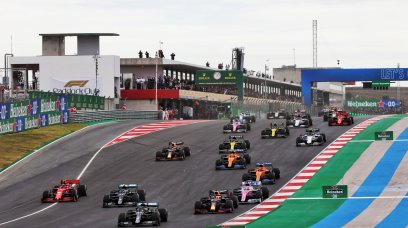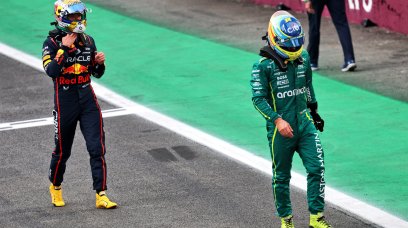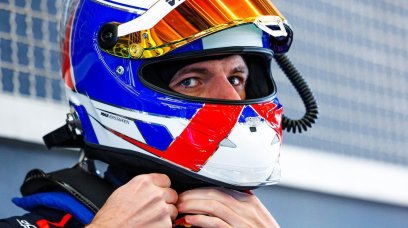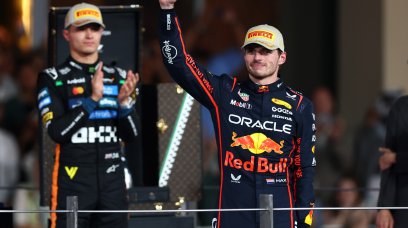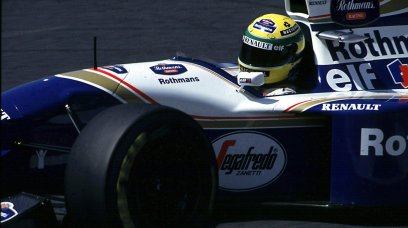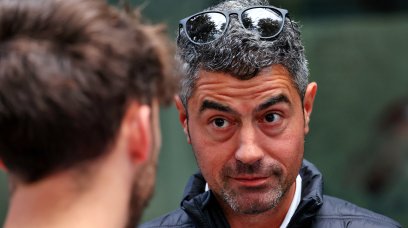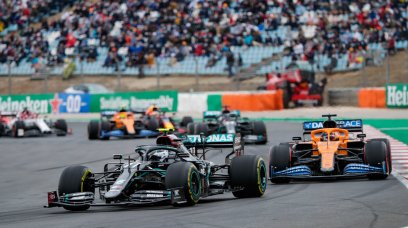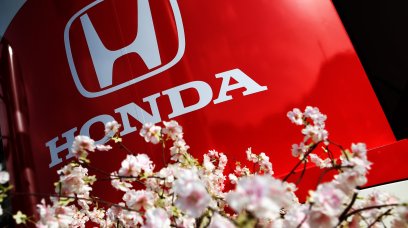After weeks of speculation about the true placement of Mercedes in the F1 pecking order, the Bahrain Grand Prix qualifying session suggested that the reigning World Champions aren't sandbagging to disguise their true pace. With Lewis Hamilton only managing fifth on the grid, and George Russell ninth after an error on his final flying lap, Mercedes face a huge, uphill challenge to be in a position to compete with Ferrari and Red Bull in the race on Sunday. As the W13 still shows problems with 'porpoising', RacingNews365.com 's technical analyst, Paolo Filisetti, has explained the changes Mercedes have made in a bid to get on top of their issues.
Mercedes revert their floor specification
Mercedes reverted to the floor specification they used in the first practice session, which they had initially decided against. But, with the porpoising less extreme on this spec, the team opted to switch back to it ahead of qualifying and the implementation of parc ferme regulations.
Adjustments to the front wing
During the third practice session, on Saturday morning, it was evident that the front of the Mercedes had been raised further from the ground, while the angle of the front wing flaps were increased as well. This is with the intent of attempting to address the lack of stability in the twistier sections of the circuit, but comes with the caveat of a lower top speed performance.
What effect does this have on race pace?
The set-up Mercedes are running means that race pace could be heavily impacted, especially in terms of keeping their positions in the early stages of the race, as the likes of the Ferrari-powered Valtteri Bottas and Kevin Magnussen try to make an impact. The compromised nature of the W13's setup, aimed at unlocking some ultimate lap time, has the side effect of potentially only allowing a conservative tyre strategy. This will likely take the form of a two-stop strategy, but might also force Mercedes to run harder compounds for longer than desired.
Most read
